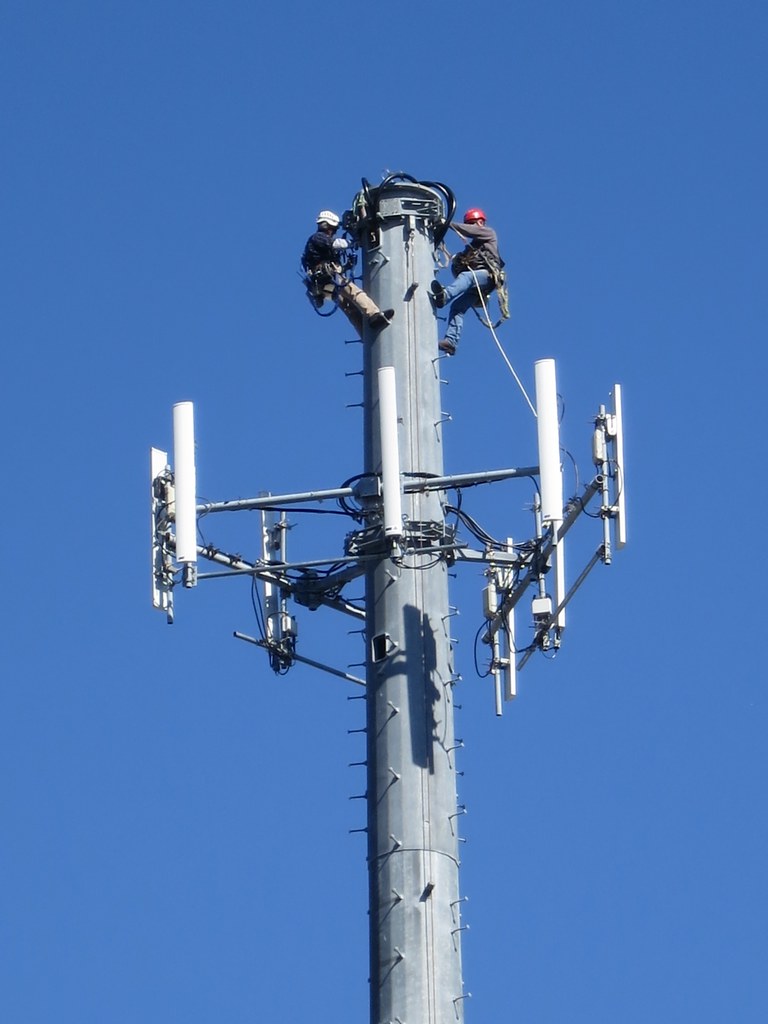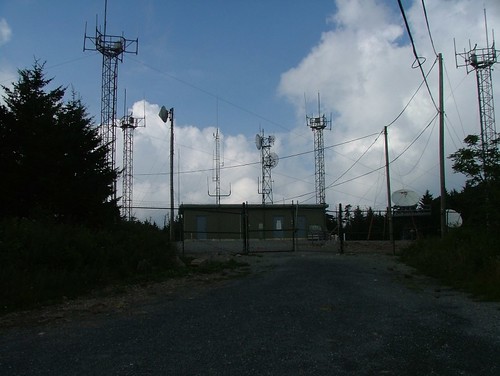Investing in the right industries is crucial for long-term financial growth. One such industry that has seen tremendous growth and offers promising investment opportunities is the cell tower industry. In this article, we will delve into the world of cell tower companies to understand their significance and potential as investment options.
Overview of the Cell Tower Industry’s Growth and Importance
The cell tower industry has experienced exponential growth due to the rising demand for reliable wireless communication. With advancements in technology and the widespread adoption of smartphones, cell towers have become essential for our modern communication infrastructure.
These towering structures serve as the backbone of mobile networks, enabling us to make calls, send messages, and access high-speed internet on-the-go. They also support various industries such as healthcare, transportation, emergency services, and commerce.
As new technologies like 5G emerge and trends like IoT gain traction, the cell tower industry is poised for continued growth to meet our increasing connectivity needs.
Understanding the Role of Cell Towers in Modern Communication
Cell towers are crucial for seamless wireless communication. Acting as intermediaries between our mobile devices and telecommunication networks, they receive signals and transmit them to nearby base stations or other towers, ensuring uninterrupted connectivity across vast areas.
Without these strategically placed towers, our ability to communicate wirelessly would be severely compromised.
In today’s world, staying connected is essential for personal and professional purposes. Cell towers handle large volumes of data traffic generated by millions of mobile users simultaneously. By amplifying and transmitting signals over long distances, they enable us to make calls, send messages, browse the internet, and access online services.
Not only do cell towers provide coverage in urban areas but they also play a critical role in connecting people in rural locations where establishing physical connectivity can be challenging.
Telecommunication companies invest in expanding their network infrastructure by constructing new towers or upgrading existing ones to meet the growing demands for wireless connectivity.
Advancements in technology have led to the emergence of small-cell networks alongside traditional macrocell networks. Small-cell installations provide additional coverage and capacity in densely populated areas such as shopping centers or stadiums.
Understanding the role of cell towers also involves recognizing the largest players in this industry that contribute significantly to global connectivity. These companies invest heavily in research and development to improve network performance while expanding their reach worldwide.
Introduction to the Top Cell Tower Companies Globally
In the world of cell tower infrastructure, a few companies stand out as leaders. These companies not only own a substantial number of towers but also possess diverse portfolios that cater to markets worldwide.
XYZ Towers Inc. is a key player, with an extensive network spanning continents. Their strategically placed towers ensure seamless connectivity for billions of people.
ABC Communications Group is known for innovation and customer satisfaction. Their towers provide reliable coverage in urban centers and remote locations.
DEF Infrastructure Solutions focuses on quality and efficiency, engineering towers that withstand harsh conditions while blending into surroundings.
GHI Towers Corporation offers tailored solutions for different markets, ensuring reliable signal transmission even in challenging terrains.
These top cell tower companies continue to invest in research and development, pushing boundaries to enhance network coverage and capacity.
Evaluating Their Market Dominance and Reach
To accurately assess the market dominance and reach of top cell tower companies, factors such as tower count, revenue generation, customer base, and geographical presence must be considered. Tower count indicates infrastructure and network coverage, while higher revenues demonstrate success in monetizing services.
A large customer base signifies trust and satisfaction, while a wider geographic presence allows for a larger potential customer base. By analyzing these factors, we can gain valuable insights into what sets these companies apart in the industry.
In-depth Analysis of Company A’s Background, Portfolio, and Practices
Company A has established itself as a key player in the cell tower industry. With a strong background rooted in expertise and experience, they navigate the dynamic landscape with confidence. Their extensive tower portfolio strategically positioned across regions caters to growing network demands.
By leveraging cutting-edge technologies and employing best practices, they ensure optimal performance while minimizing downtime. Company A’s client-centric approach and customized solutions foster strong partnerships with telecommunication providers, setting industry benchmarks for excellence.
Exploring Company B’s Innovative Technologies and Global Presence
Company B has revolutionized the cell tower industry with cutting-edge technologies. Their advanced antenna systems optimize network performance, providing seamless connectivity even in challenging environments. With a strategic global presence, they cater to diverse markets and adapt to regional needs.
Strong partnerships with industry leaders amplify their innovative solutions on a global scale, solidifying their position as an influential player shaping the future of cellular connectivity.
Highlighting Company C’s Commitment to Sustainability and Financial Benefits
Company C goes beyond financial gains, prioritizing sustainability initiatives that position them for long-term success. Their proactive approach includes renewable energy adoption, efficient waste management, and partnering with environmentally responsible suppliers.
By reducing costs through resource optimization and appealing to eco-conscious consumers, Company C demonstrates how sustainability can drive profitability in a competitive market.
Examining the Growth Strategies Implemented by Major Players
The growth strategies employed by major players in the telecommunications industry are essential for expanding operations, increasing tower count, attracting new clients, and enhancing revenue generation.
Firstly, major players focus on network expansion to meet the growing demand for connectivity. This involves building more cell towers and expanding coverage areas to reach more customers and provide better service quality.
Strategic partnerships and acquisitions are also key growth drivers. By collaborating with other companies or acquiring smaller competitors, major players can broaden their market presence and access new technologies or customer segments. These initiatives often result in an increase in tower count as well.
Diversification of services is another strategy used by major players. They offer a wide range of services beyond cellular connectivity such as data plans, internet packages, cloud storage, and smart home solutions. This helps attract a broader customer base and boost revenue streams.
Investing heavily in research and development is crucial for innovation. Major players constantly explore new technologies like 5G or IoT to stay at the forefront of the industry and improve network efficiency.
Lastly, a customer-centric approach is prioritized. Major players analyze consumer behavior patterns to tailor their services accordingly and offer personalized packages that cater to specific customer needs or demographics.
By understanding these growth strategies, investors can make informed decisions and capitalize on the future growth potential of the telecommunications sector.
[lyte id=’DD4R8oCkmSc’]







